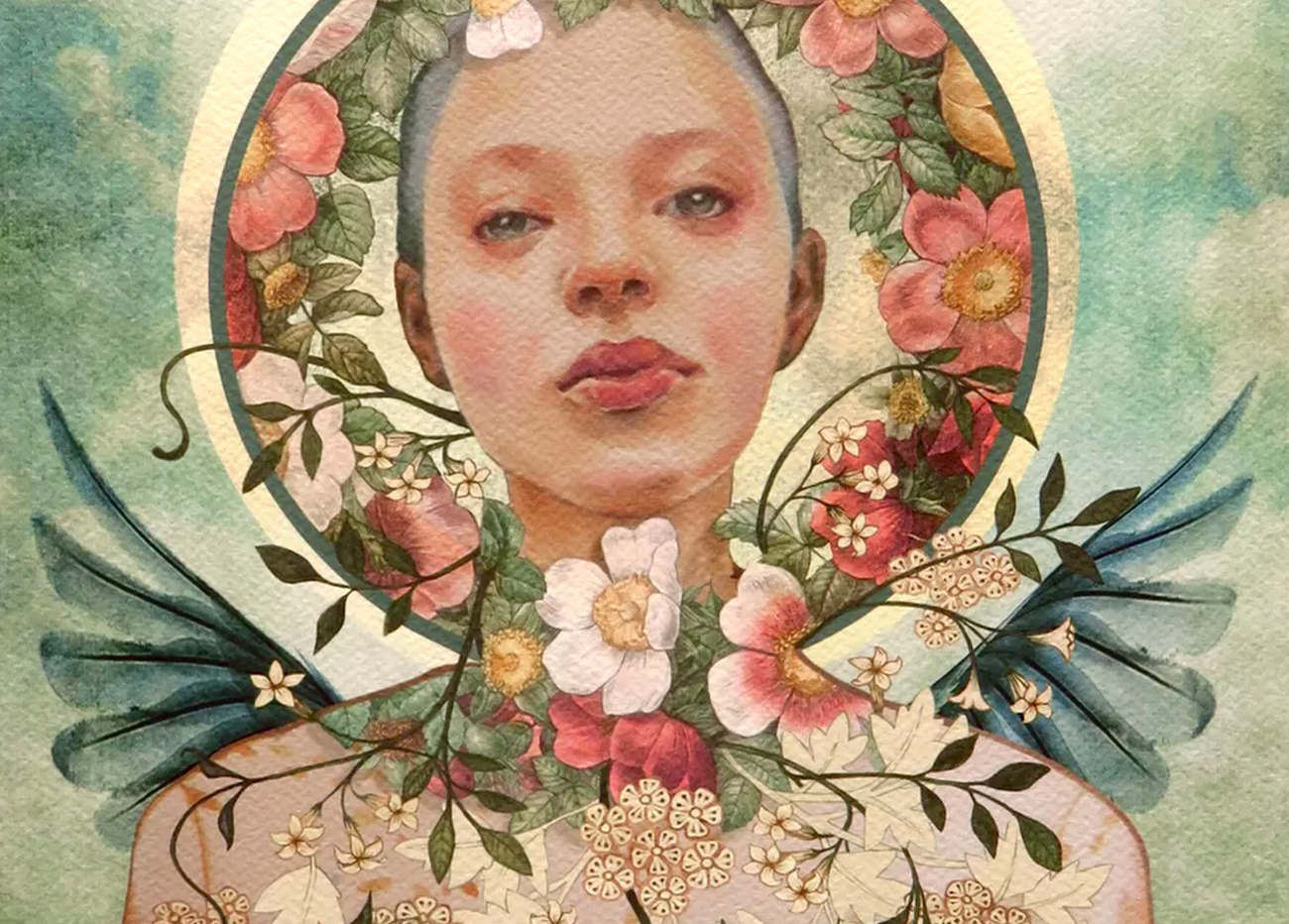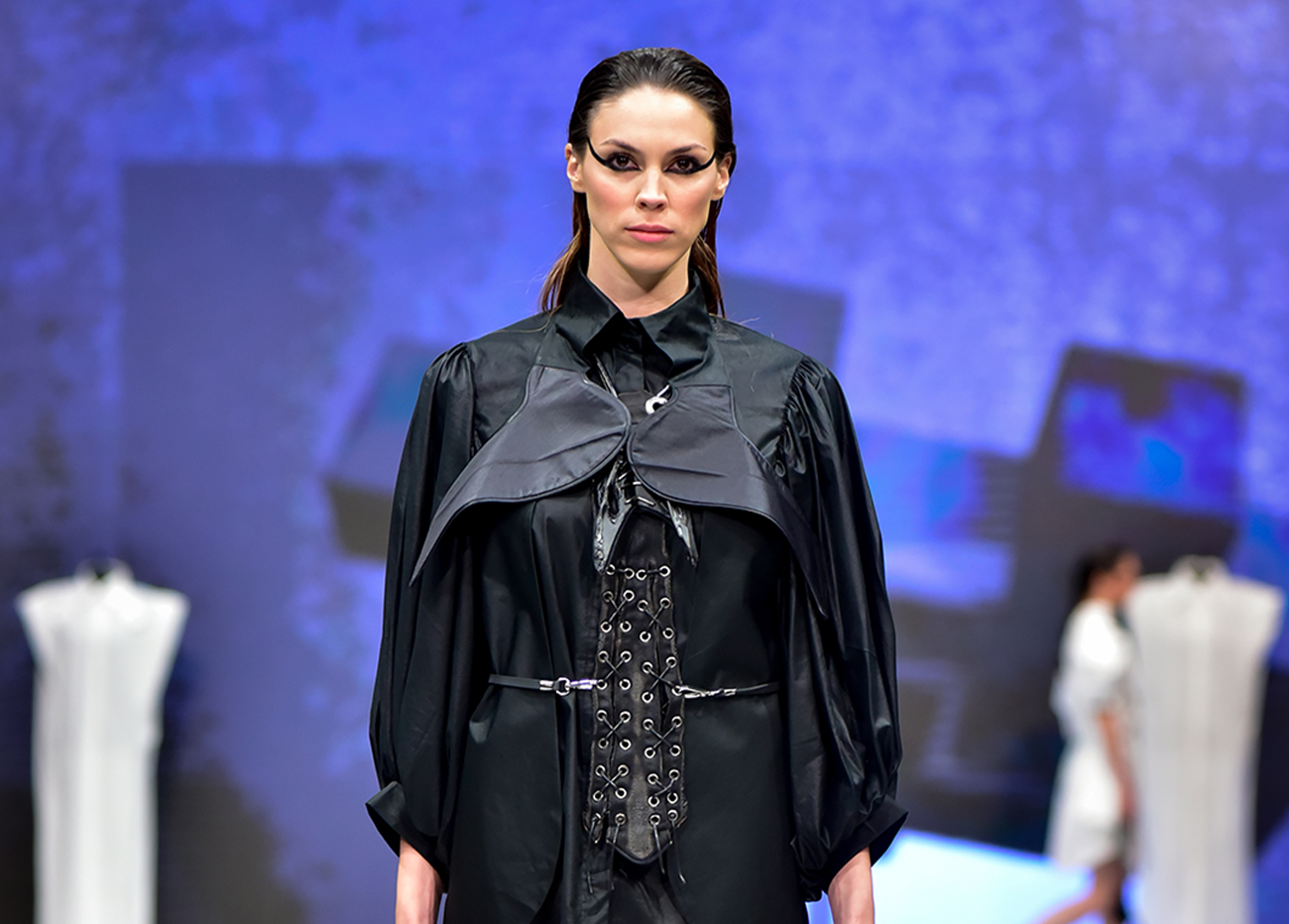Captivating impact of Dior created what would become one of the most influential luxury company in the world
Dior (Euronext Paris: CDI) is a French multinational luxury house founded in 1946 by fashion designer Christian Dior. Year later in 1947 Christian Dior Parfums were established with introduction of “Miss Dior” as first fragrance of the house. Dior revolutionized the perfumery industry with the launch of the highly popular “Miss Dior” parfum, which was named after Catherine Dior (Christian Dior’s sister). Soon afterwards, Dior expanded its business with both luxury ready-to-wear fashion and perfumes, by reaching USA, Australia, UK, Chile, Mexico, Cuba, Canada, Italy, among first international markets in the world. As popularity of Dior goods grew, so did counterfeiting. This illegal business was supported by women who could not afford the luxury goods.
The House of Dior was established at 1946 in Paris. However, the current Dior corporation celebrates “1947” as the opening year. Dior was financially backed by wealthy businessman Marcel Boussac, who had originally invited Dior to design for “Philippe et Gaston”, but Dior refused, wishing to make a fresh start under his own name rather than reviving an old brand. The new couture house became a part of “a vertically integrated textile business” already operated by Boussac. Its capital was at FFr 6 million and workforce at 80 employees. The company was really a vanity project for Boussac and was a majorly owned affiliate. Nevertheless, Dior was allowed a then-unusual great part in his namesake label (legal leadership, a non-controlling stake in the firm, and one-third of pretax profits) despite Boussac’s reputation as a “control freak”.
In 1947, Christian Dior launched his first fashion collection for Spring–Summer. However, the new collection went down in fashion history as the “New Look” after the editor-in-chief of Harper’s Bazaar Carmel Snow exclaimed, “It’s such a new look”! The “New Look” was a revolutionary era for women at the end of the 1940s. When the collection was presented, the editor in chief also showed appreciation by saying: “It’s quite a revolution, dear Christian”! The debut collection of Christian Dior is credited with having revived the fashion industry of France. Along with that, the “New Look” brought back the spirit of haute couture in France as it was considered glamorous and young-looking. The silhouette was characterized by a small, nipped-in waist and a full skirt falling below mid-calf length, which emphasized the bust and hips, as epitomized by the “Bar” suit from the first collection. The Bar suit was a contribution from the head of Dior’s tailoring atelier, a young Pierre Cardin, who was employed by the house from 1947 to 1949. The collection overall showcased more stereotypically feminine designs in contrast to the popular fashions of wartime, with full skirts, tight waists, and soft shoulders. Dior retained some of the masculine aspects, as they continued to hold popularity through the early 1940s, but he also wanted to include more feminine style.
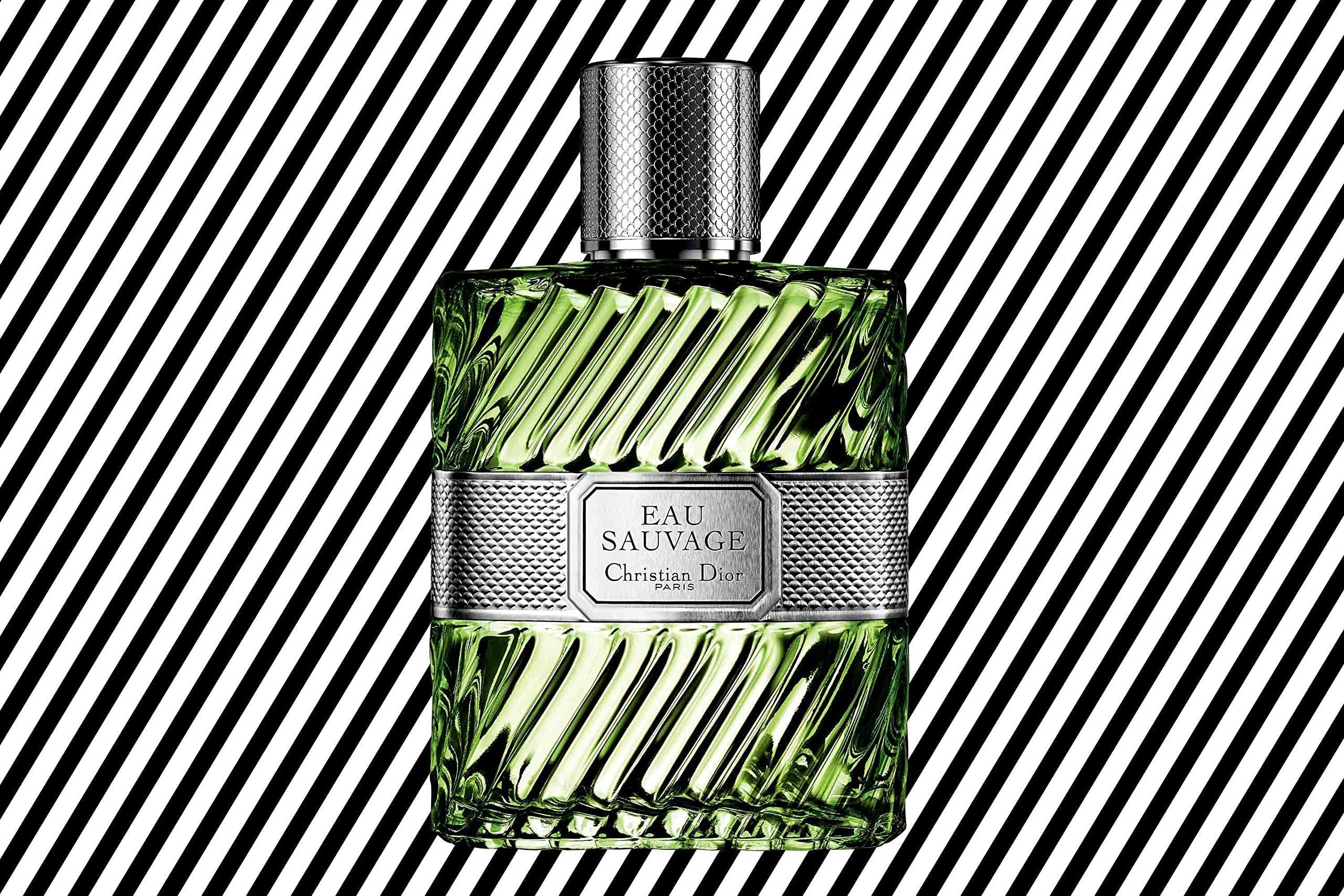
Photo: Christian Dior.
The New Look
The “New Look” became extremely popular, its full-skirted silhouette influencing other fashion designers well into the 1950s, and Dior gained several prominent clients from Hollywood, the United States, and the European aristocracy. As a result, Paris, which had fallen from its position as the capital of the fashion world after World War II, regained its pre-eminence. The “New Look” was welcomed in western Europe as a refreshing antidote to the austerity of wartime and de-feminizing uniforms and was embraced by stylish women such as Princess Margaret in the UK. Dior’s designs from the “New Look” did not only affect the designers in the 1950s, but also more recent designers in the 2000s, including Thom Browne, Miuccia Prada, and Vivienne Westwood.
Not everyone was pleased with the “New Look”, however. Some considered the amount of material to be wasteful, especially after years of cloth rationing. Feminists were outraged, feeling that these corseted designs were restrictive and regressive, and that they took away a woman’s independence. There were several protest groups against the designs including, the League of Broke Husbands, made up of 30,000 men who were against the costs associated with the amount of fabric needed for such designs. Fellow designer Coco Chanel remarked, “Only a man who never was intimate with a woman could design something that uncomfortable”. Despite such protests, the “New Look” was highly influential, continuing to inform the work of other designers and fashion well into the 21st century.
Available references contradict themselves whether Christian Dior Parfums was established in 1947 or 1948. The Dior corporation lists the founding of Christian Dior Parfums as 1947, with the launch of its first perfume, Miss Dior. Dior revolutionized the perfumery industry with the launch of the highly popular Miss Dior parfum, which was named after Catherine Dior (Christian Dior’s sister). Christian Dior Ltd. owned 25%, manager of Coty perfumes held 35%, and Boussac owned 40% of the perfume business, headed by Serge Heftler Louiche. Pierre Cardin was made head of the Dior workshop from 1947 until 1950.
Expansion from France began by the end of 1949 with the opening of a Christian Dior boutique in New York City. By the end of the year, Dior fashions made up 75% of Paris’s fashion exports and 5% of France’s total export revenue. In 1950, Jacques Rouët, the general manager of Dior Ltd., devised a licensing program to place the now-renowned name of “Christian Dior” visibly on a variety of luxury goods. It was placed first on neckties and soon was applied to hosiery, furs, hats, gloves, handbags, jewellery, lingerie, and scarves. Members of the French Chamber of Couture denounced it as a degrading action for the haute-couture image. Nevertheless, licensing became a profitable move and began a trend to continue “for decades to come”, which all couture houses followed.
Christian Dior was the exclusive designer of Marlene Dietrich’s dresses in the Alfred Hitchcock film “Stage Fright”. A bit later, actress Ava Gardner had 14 dresses created for her by Christian Dior for the Mark Robson film “The Little Hut”. Actress Elizabeth Taylor ordered twelve Dior dresses. Dior haute couture graced the bodies of Princess Grace of Monaco, Nicaraguan First Lady Hope Portocarrero, Princess Alexandra of Yugoslavia, and Lady Pamela Hicks (Lord Mountbatten of Burma’s younger daughter) for the wedding of The Prince of Wales and Diana Princess of Wales.
Despite the company’s strong European following, more than half of its revenue was generated in the United States by this time. The first Dior shoe line was launched in 1953 with the aid of Roger Vivier. The company operated firmly established locations in Mexico, Cuba, Canada, and Italy by the end of 1953. As popularity of Dior goods grew, so did counterfeiting. This illegal business was supported by women who could not afford the luxury goods. By the mid-1950s, the House of Dior operated a well-respected fashion empire. In honour of Princess Margaret and the Duchess of Marlborough, a Dior fashion show was held at the Blenheim Palace in 1954 as well. Christian Dior launched more highly successful fashion lines between the years of 1954 and 1957. However, none came as close to the profound effect of the New Look.
Dior, but without Dior
The death of the head designer left the House of Dior in chaos, and general manager Jacques Rouët considered shutting down operation worldwide. This possibility was not received graciously by Dior licensees and the French fashion industry. The Maison Dior was too important to the financial stability of the industry to allow such an action. To bring the label back on its feet, Rouët promoted the 21-year-old Yves Saint Laurent to Artistic Director the same year.
Saint Laurent had joined the House’s family in 1955 after being personally picked out by the original designer for the position of the first ever and only Head Assistant. Saint Laurent initially proved to have been the most appropriate choice after the debut of his first collection for Dior in 1958. The clothes were as meticulously made and perfectly proportioned as Dior’s in the same exquisite fabrics, but their young designer made them softer, lighter and easier to wear. Saint Laurent was hailed as a national hero. Emboldened by his success, his designs became more daring, culminating in the 1960 Beat Look inspired by the existentialists in the Saint-Germain des Près cafés and jazz clubs. His 1960 bohemian look was harshly criticized, and even more in Women’s Wear Daily. Marcel Boussac was furious, and in the spring, when Saint Laurent was forced to leave the house of Dior, having been called up to join the French army, the Dior management raised no objection. Saint Laurent left after the completion of six Dior collections.
Saint Laurent was replaced at Dior by designer Marc Bohan in late 1960. Bohan instilled his conservative style on the collections. Bohan’s designs were very well esteemed by prominent social figures. The Dior perfume “Diorling” was released in 1963 and the first men’s fragrance “Eau Sauvage” was released in 1966. Three years later, Dior Parfums was sold to Moët-Hennessy (which would itself become LVMH) due to Boussac’s ailing textile company (the still-owner of Dior). This, however, had no effect on the House of Dior operations, and so the Christian Dior Cosmetics business was born in 1969 with the creation of an exclusive line. Following this, Bohan launched the first “Christian Dior Homme” clothing line in 1970.
In 1980, Dior released the men’s fragrance “Jules”. After the Willot Group went into bankruptcy in 1981, Bernard Arnault and his investment group purchased it for “one symbolic franc” in December 1984. The Dior perfume “Poison” was launched in 1985. That same year, Arnault became Chairman, Chief Executive Officer, and Managing Director of the company. On assuming leadership, Arnault did away with the company’s mediocre textile operations, to focus on the Bon Marché department store and Christian Dior Couture. Operations for Christian Dior drastically changed for the better under Arnault. He repositioned it as the holding company Christian Dior S.A. of the Dior Couture fashion business. On the 40th anniversary of Dior’s first collection, the Paris Fashion Museum dedicated an exhibition to Christian Dior. In 1988, Arnault’s Christian Dior S.A.’s took a 32% equity stake into the share capital of “Moët-Hennessy Louis Vuitton” through its subsidiary Jacques Rober, creating what would become one of the leading and most influential luxury goods companies in the world. Under this milestone merger, the operations of “Christian Dior Couture” and “Christian Dior Parfums” were once again united.
Italian-born Gianfranco Ferré replaced Bohan as head designer in 1989. The first such non-Frenchman, Ferré left behind traditional Dior associations of flirtation and romance and introduced concepts and a style described as “refined, sober and strict.” That year, a boutique was opened in Hawaii and the LVMH stake by Jacques Rober rose to 44%. Further Dior boutiques were opened in 1990 in upscale New York City, Los Angeles, and Tokyo shopping districts. The stake in LVMH rose again, to 46%. In 1991, Christian Dior was listed on the spot market and then on the Paris Stock Exchange’s monthly settlement market, and the perfume “Dune” was launched.
Dior was now reorganized into three categories:
– women’s ready-to-wear, lingerie, and children’s wear
– accessories and jewellery
– menswear
This choice of a British designer, once again instead of a French one, is said to have “ruffled some French feathers”. Arnault himself stated that he “would have preferred a Frenchman”, but that “talent has no nationality”. He even compared Galliano to Christian Dior himself, noting that “Galliano has a creative talent very close to that of Christian Dior. He has the same extraordinary mixture of romanticism, feminism, and modernity that symbolised Monsieur Dior. In all of his creations, his suits, his dresses, one finds similarities to the Dior style.” Meanwhile, Dior licenses were being reduced further, where Dior also took over all thirteen boutique franchises from Japan’s Kanebo.
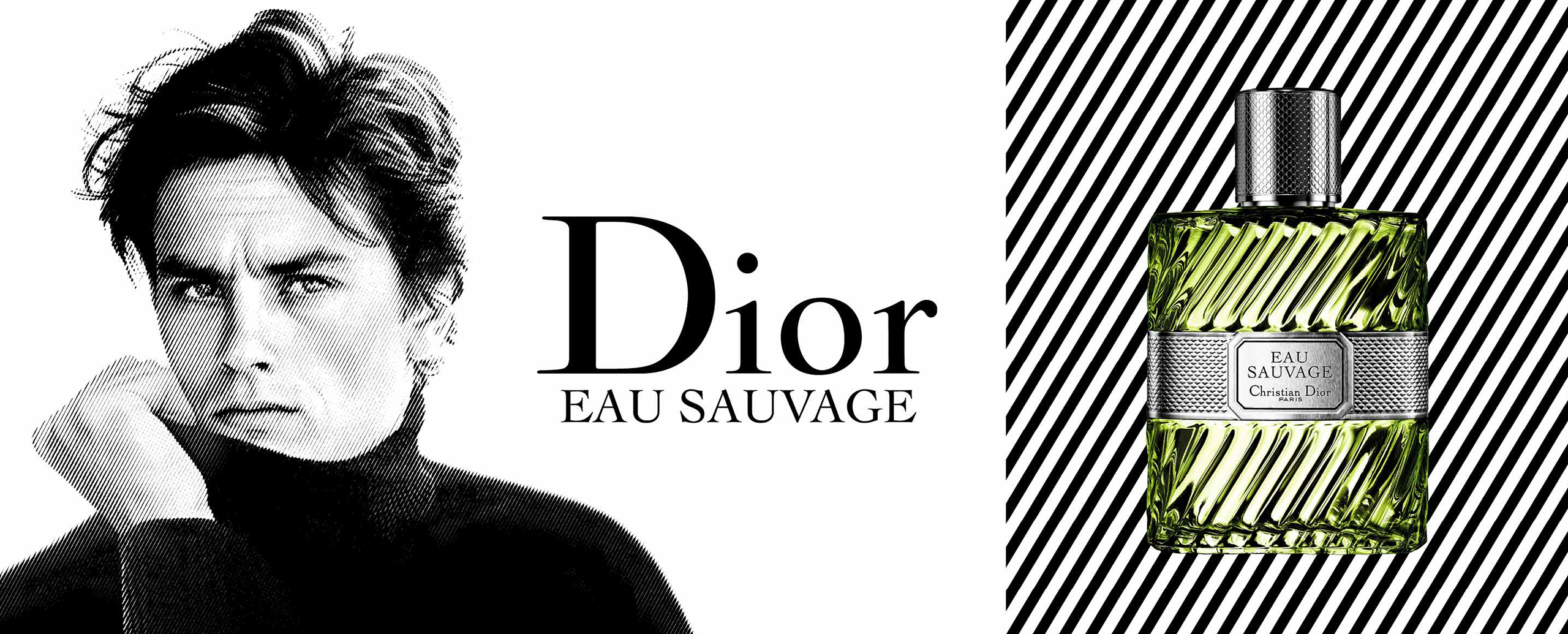
Photo: Christian Dior.
Contemporary masculine concept
Like many other brands in the late 1990s, notably Gucci, featured suggestive images in their ads to draw public attention, Dior ads had such an impact that such publicity became a trend in most fashion ads. Galliano ignited the escalation of erotic advertisements, which culminated with Ungaro’s zoophilic ads, shot by Mario Sorrenti, and another ad for Gucci that featured a model with pubic hair shaped like the signature of Gucci logo. As a matter of fact, it is considered that Galliano had revolutionized Dior more through his advertising campaigns than through his designs. Though its advertising campaigns since beginnings, House of Dior collaborated with some of the most prominent people of our time, including Alain Delon, Isabelle Adjani, Monica Bellucci, Carla Bruni, Charlize Theron, Sharon Stone, Jude Law, Natalie Portman, Johnny Depp, Anya Taylor-Joy.
In 2000, Dior Homme lead designer was replaced by Hedi Slimane. Notable Dior releases that year were watches such as the distinctive “Malice”, which features bracelets made of “CD” links, as well as the “Riva”. Year later, the “Dior Homme” boutique in Pairs was reopened with a new “contemporary masculine concept” instilled by its designer Hedi Slimane. Slimane used this concept in the creation of his first Dior Homme collection. Soon, Dior Homme gained prominent male clientele including Brad Pitt and Mick Jagger.
Hedi Slimane left “Dior Homme” in 2007 and completely rejuvenated “YSL Yves Saint Laurent” brand, by introducing fine lines, avant-garde style, minimalism and contemporary concept, not only in fashion design, but also in retail, where Hedi Slimane redesigned store interiors. Such changes also affected on logo redesign and renaming from Yves Saint Laurent to “Saint Laurent”, where in popular culture public didn’t welcome well such change, but later accepted it as modern. This change of logo created some kind of mass logo redesign movement among luxury houses, where plenty of them redesigned their original logos and aligned with minimalistic, strict and tight typography. Such changes affected over the coming years Balenciaga, Balmain, Berluti, Burberry, Celine, Hugo Boss, Paco Rabanne, Rimowa. However, YSL logo originally designed in 1961 by graphic designer Cassandre was kept until now as interlocking emblem and standalone design marvel. Back at Dior, Hedi Slimane was replaced by Kris Van Assche, while Hedi continued to work on its own line and later joined Celine with yet again rejuvenation of the brand. Dior also worked on their logo where “CD” monogram was even more stylized and became fluid where two letters became closer and more connected, while “Dior” became to be stylized with uppercase “DIOR”.
House of Dior held many popular and iconic designers, which oversaw designs, such as Christian Dior himself, Pierre Cardin, Yves Saint Laurent, Marc Bohan, Gianfranco Ferré, Patrick Lavoix, John Galliano, Victoire de Castellane, Hedi Slimane, Kris Van Assche, Raf Simons, Maria Grazia Chiuri, Kim Jones.

Photo: Christian Dior.
Major therapeutic discoveries in skincare with regenerative medicine, stem cell research and genome editing
However, during those years House of Dior did not focus only on fashion, accessories, jewellery and fragrances. Dior signed a unique Research partnership between Dior Research (LVMH Research and Development at Hélios) and the CiRA Laboratory at Kyoto University, a centre directed by Professor Shinya Yamanaka, winner of the Nobel Prize in Medicine, and stem cell specialist. Under the direction of CiRA Director Shinya Yamanaka, winner of the 2012 Nobel Prize in Physiology and Medicine, the CiRA is the leading centre for Induced Pluripotent Stem Cell (iPS) research. It is conducting innovative research for medical such as regenerative medicine and drug development to realize new treatments. A part of the result has led to clinical trials for some intractable diseases such as Parkinson’s disease and amyotrophic lateral sclerosis (ALS). With a keen interest in the Dior scientists’ latest discoveries in stem cells in the cutaneous domain, the CiRA laboratory led by Associate Professor Knut Woltjen will provide iPS cells from healthy aged donors and expertise in genome editing. This marks the first time that a CiRA laboratory has entered a scientific partnership with a French luxury cosmetic house.
This is a major sign of recognition for Dior Science, now with 20 years’ experience in stem cell research, which has given rise to 17 discoveries in the cutaneous domain and some 55 publications, as well as several academic partnerships. Inspired by Professor Yamanaka’s discovery of reprogramming adult cells into stem cells, Dior Science recently made successful progress that opens new doors in the evolution of stem cells with age. This unique partnership, as well as the long-term exchanges between Dior Science (LVMH R&D) and the CiRA, create hope for major therapeutic discoveries in the skin, and cutaneous rejuvenation.
The captivating impact of Dior’s creative fashion genius earned recognition as one of history’s greatest fashion figures and brands, creating what would become one of the leading and most influential luxury goods companies in the world. House of Dior is controlled and chaired by French businessman Bernard Arnault, who also heads LVMH Louis Vuitton Moët Hennessy (Euronext Paris: MC).
About LVMH Group
LVMH is a French multinational holding and conglomerate specializing in luxury goods, consisted of Houses such as Acqua di Parma, Belmond, Belvedere, Berluti, Bvlgari, Celine, Cheval Blanc, Christian Dior, Dom Pérignon, Domaine des Lambrays, Fendi, Hennessy, Hublot, Givenchy, Guerlain, Kenzo, Krug, Maison Francis Kurkdjian, Mercier, Le Parisien, Loewe, Louis Vuitton, Marc Jacobs, Moët & Chandon, Pucci, Radio Classique, Rimowa, Sephora, STELLA by Stella McCartney, TAG Heuer, Tiffany & Co., Veuve Clicquot, Zenith.
A family-run group, LVMH strives to ensure the long-term development of each of its Houses in keeping with their identity, their heritage and their expertise. The oldest House within LVMH Group is Domaine des Lambrays. Located in Morey-Saint-Denis on the Route des Grands Crus, Domaine des Lambrays is one of Burgundy’s oldest and most prestigious vineyards. There are references to the estate in the records of the Abbaye de Citeaux dating back to 1365.
Sources:
LVMH Group, Christian Dior, Musée YSL Yves Saint Laurent Paris, The Metropolitan Museum of Art, Victoria & Albert Museum, Highsnobiety, The New York Times, Condé Nast, Vogue magazine, Harper’s Bazaar, Marie Claire, Grazia, Da Man, The Daily Telegraph, The Guardian, The Independent, Bloomsbury Publishing, Global Cosmetics News, Wikipedia, Billboard, Los Angeles Times, Business Insider, Deutsche Welle, Journal du Luxe, Radio Classique, CBS News, CNN, WWD, MSNBC.
People culture at Foster + Svensson
At Foster + Svensson we nurture and foster creativity and work-life balance. We believe that people get most of ideas outside of work, while being inspired at any place. Most of the ideas are coming out during open discussions too, which are human, more appealing and have greater impact than the one imposed. Therefore we foster friendly environment at work, so we allow our employees to explore client brands and products more deeply, than just getting the brief from them. From point of being creatively amazed, to point of being punctual towards client. Free to wonder, yet disciplined in work.
We also highlight the importance of constant informing and educating ourselves, either by upgrading formal education, or by workshops, trainings, conferences accessing and reading high quality literature, visiting museums, galleries, exhibitions, theatres, and events. That is why we encourage people at Foster + Svensson to read books, magazines and articles about art, design, architecture, history, people, photography, popular culture, lifestyle, travel, graphics, decorative arts, science, medicine, pharmacy and technology, but also to educate and update ourselves on client industries, latest trends, reports, and news. Such information we collect, we use for upgrading ourselves in a process of constant exploration and learning, where we set future foundations in the industry we work.
ABOUT FOSTER + SVENSSON
Foster + Svensson is an award-winning European branding, communications, and advertising agency with heritage back in 1860 and incorporated in 2013 in Serbia, who put forward well-considered contemporary design, digital and innovation. Operating worldwide as part of Fosterova grupa, Foster + Svensson is positioned as professional services company, providing broad range of services and solutions in area of marketing. Having bold experience and specialized skills in more than 20 industries, agency provides services to all company sizes. People at Foster + Svensson design brands, use digital technology, data, and strategy to create contemporary visual identities, services, and experiences to help corporate clients improve their performance and manage sustainable business value for stakeholders. Foster + Svensson design and drive innovation to improve the way world works and lives. Agency approach is to be precise, punctual, and reliable to its clients, where it ran more than 2000 projects while working for major companies to be found in Fortune Global 500 and top-tier companies, such as HVB Bank, UniCredit Bank, Telenor Group, Ericsson, Apple, Vodafone Group, A1 Telekom Austria Group, RTS, Samsung, Cheil, Huawei, Hisense, Ahold Delhaize, Procter & Gamble, Richter Gedeon, AstraZeneca, Banca Intesa, Raiffeisen Bank, Mastercard, Inditex, Zara, Renault Group. Work culture and ethics includes business excellence and delivery of outperforming results.
Foster + Svensson in one of the founders of MAI Marina Abramović Institute.


